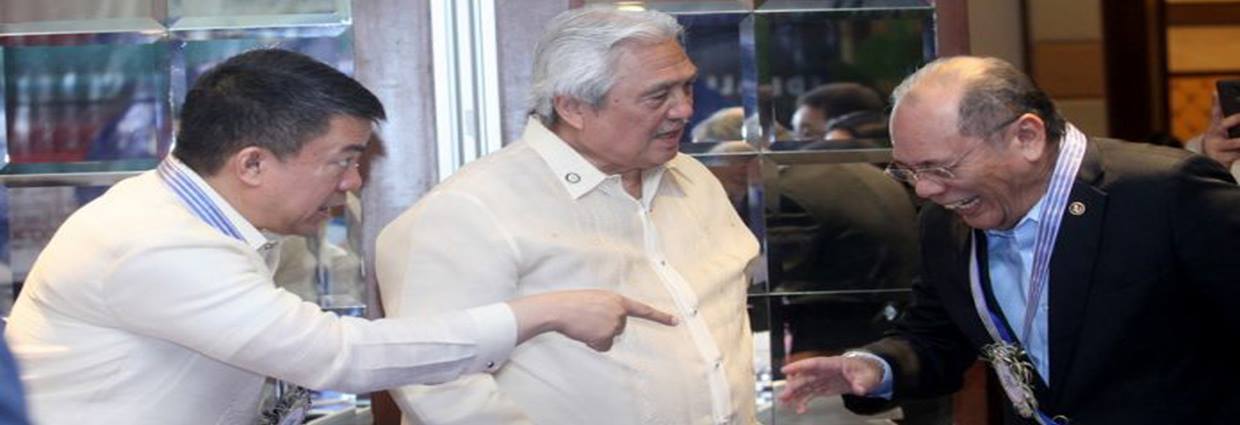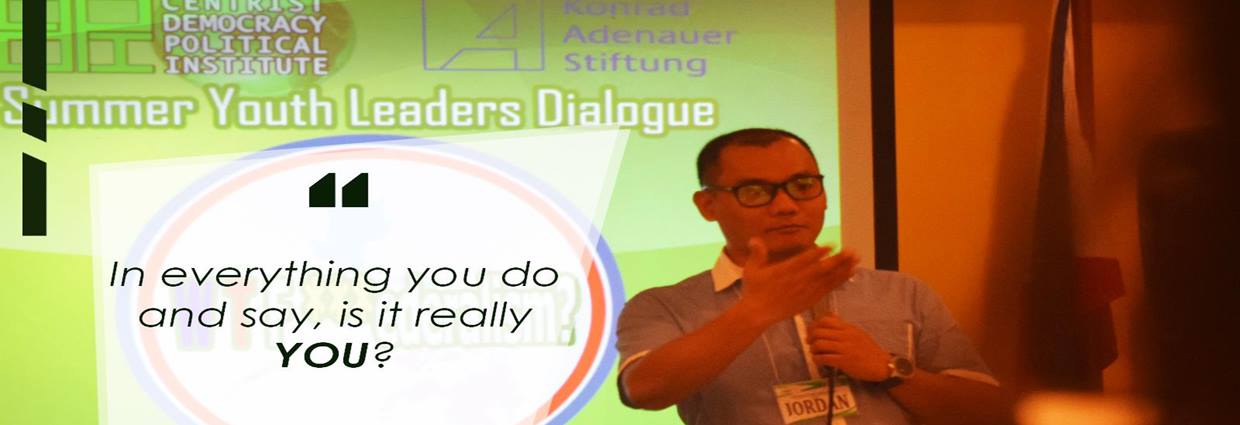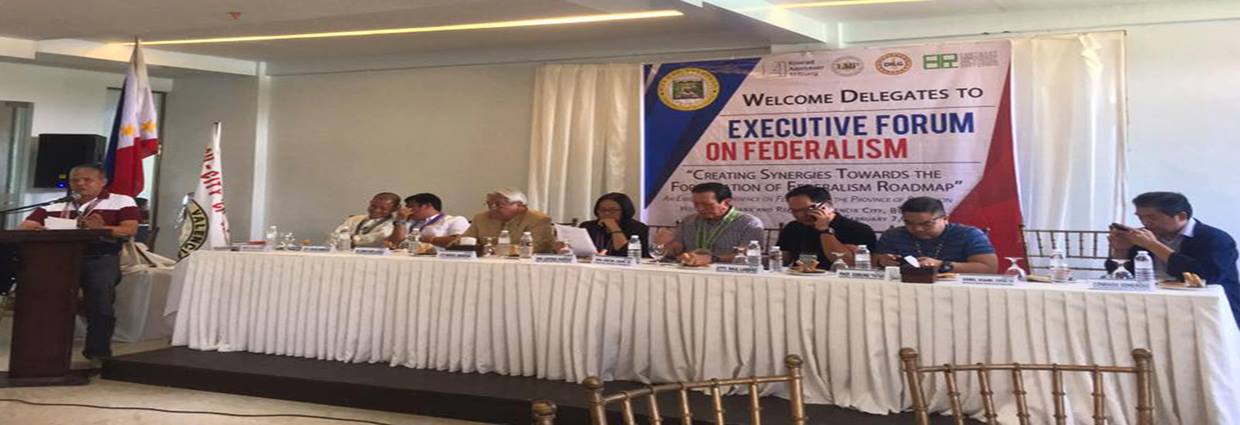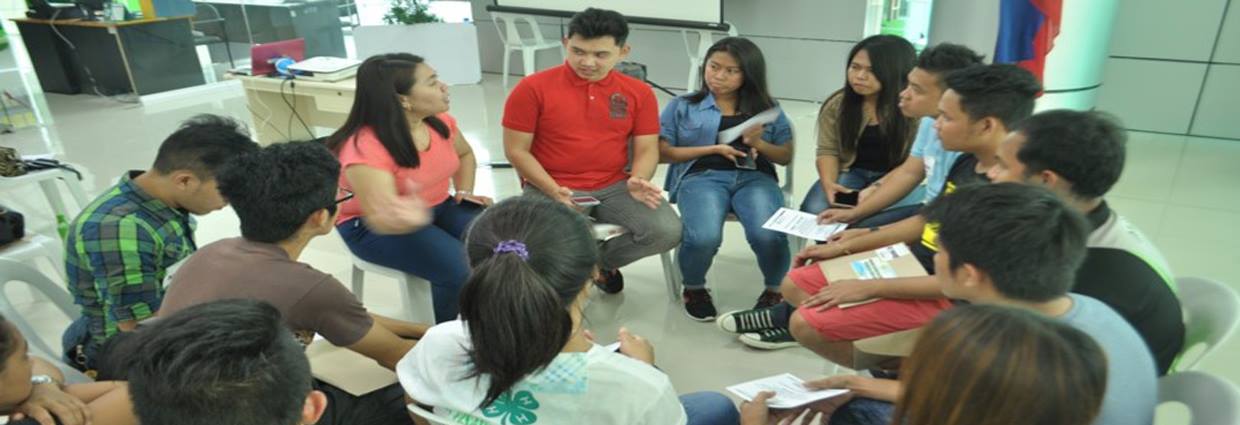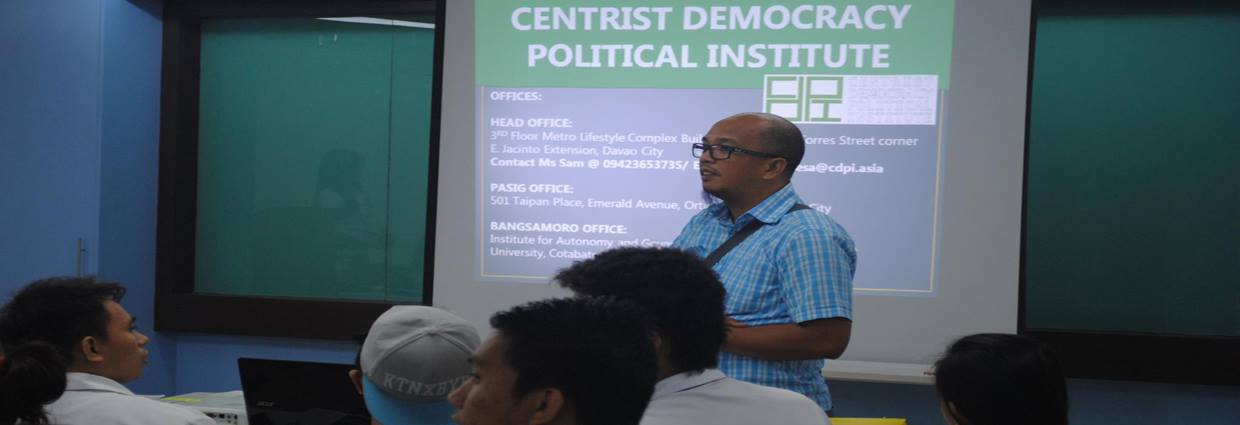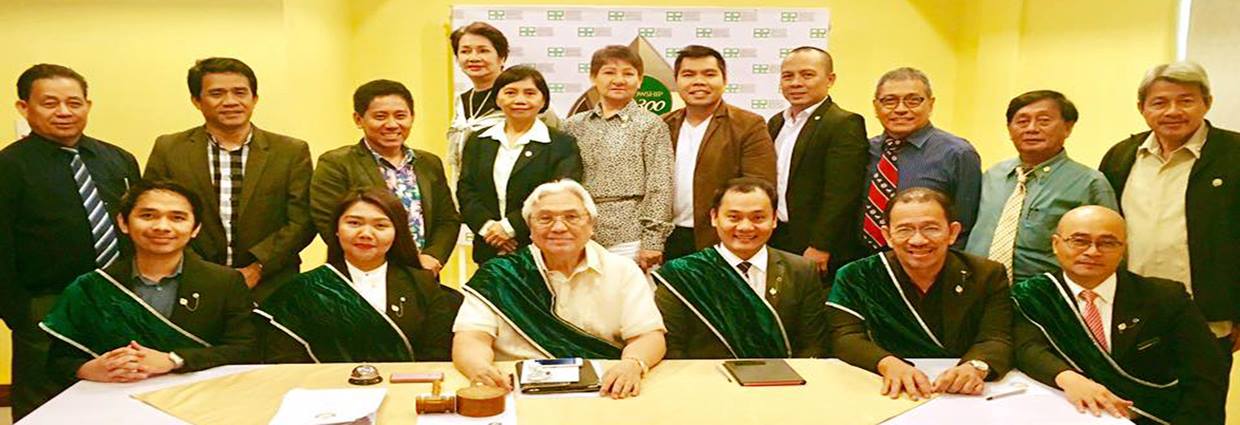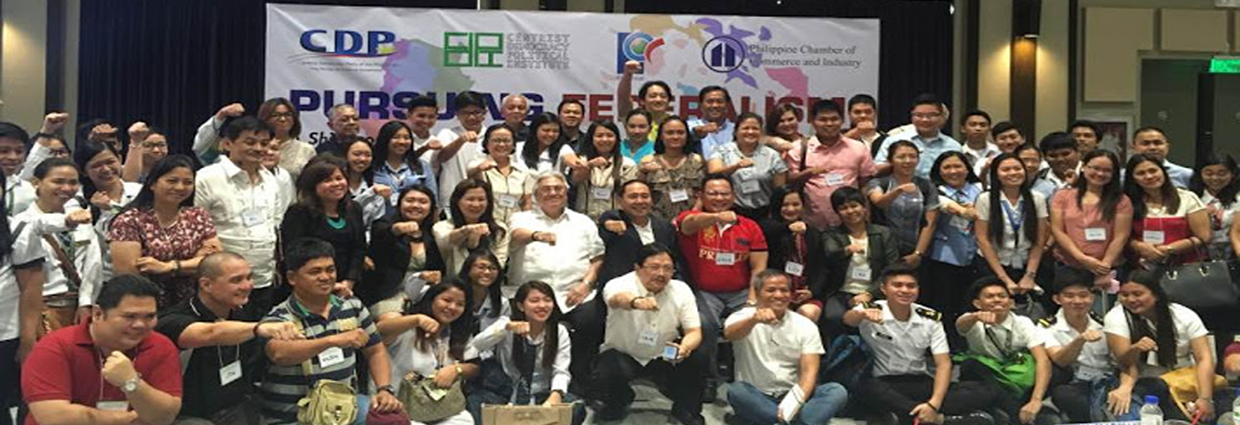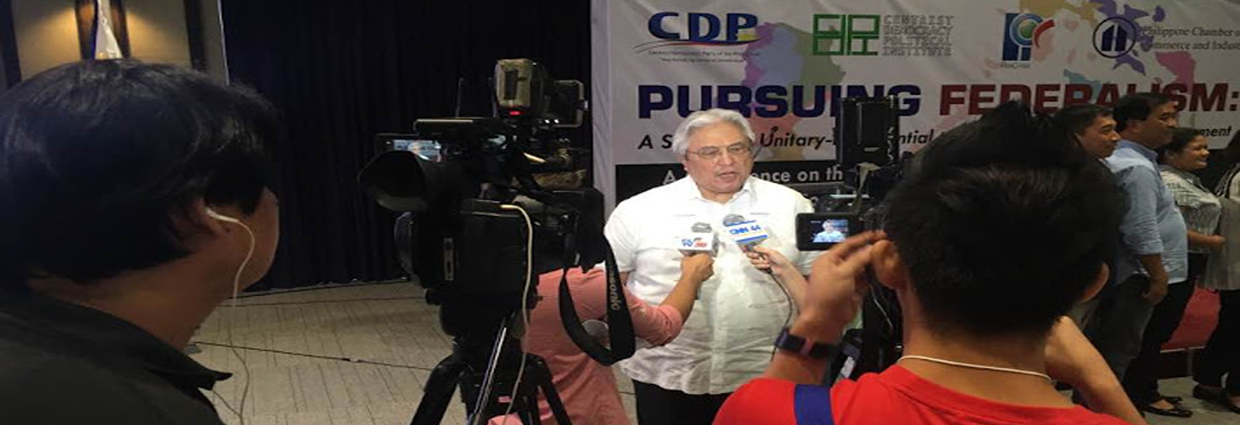THE United States just released its National Security Strategy (NSS) — one of those quadrennial documents each administration issues to signal priorities, prejudices, and presumptions. Trump produced one in 2017, Biden in 2022; both passed through Washington largely unnoticed, their prose forgettable, their impact diluted by events.
This year’s iteration is different, however. It is not merely a policy paper but a manifesto — less a map of the world than a confession of belief. Trump’s worldview, unfiltered and unapologetic, appears stripped of guardrails, euphemism and the institutional restraints that once diluted impulse into process.
The document tracks almost seamlessly, Project 2025, the not-so-secret blueprint engineered by the Heritage Foundation and its ecosystem of conservative think-tanks, Federalist Society jurists and former Trump officials. Its ambition is radical: concentrate presidential power, dismantle swaths of the federal bureaucracy, sideline career civil servants, and centralize authority in a unitary executive capable of enforcing hardline positions on immigration, trade, regulation and culture.
This NSS is not an accident of policy evolution. It is the foreign-policy corollary of a domestic power grab.
Doctrine by inner circle
One assumes the NSS was circulated, debated and pre-approved within Trump’s inner court long before it saw daylight. Whether the president himself — cognitively impaired and famously sleeping even during Cabinet meetings — fully grasped its implications is another matter. The document bears the unmistakable fingerprints of Stephen Miller’s migration obsessions, Navarro’s mercantilist rage, McEntee’s loyalty purges, Voight’s cultural grievances — and, briefly, Elon Musk’s techno-libertarian theatrics.
Much of the agenda — deregulation framed as efficiency, bureaucracy dismantled in the name of competence, migration policy laced with racial dog whistles — feels less like strategy than translation: Trump’s instincts laundered into doctrine. Allies and adversaries now read the NSS not for nuance, but for diagnosis.
MAGA’s strategic grievance
The 10,000-word tome — mercifully summarized by ChatGPT — lays bare a MAGA-tinted worldview without the courtesy of subtlety. Geopolitics is reduced to bumper-sticker logic; global trade explained at cable-news depth. One suspects the strategy crystallized sometime between midnight and dawn, after a Truth Social tantrum binge fueled by Fox News, Newsmax and OANN — Trump’s sealed ecosystem of affirmation.
In this echo chamber, grievance hardens into doctrine, instinct into policy, impulse into strategy.
At its core — unchanged from his first term, sharpened in his second — is the belief that America “went astray” after the Cold War. In this telling, shadowy elites and a mythical “swamp” hijacked US policy, mistaking wish-lists for strategy: chasing global primacy, overextending commitments, misreading public patience — while globalism and “free trade” hollowed out the middle class and the industrial muscle that once underwrote American power.
Allies are recast as freeloaders, especially NATO. International institutions are portrayed as anti-American irritants. Trump’s first term becomes the “course correction”; this second-term NSS markets itself as consolidation — a new golden age anchored in clearer ends-means alignment, sold as American ascent.
Hard borders, hard power, harder lines
Trump’s long-ridiculed “I’ll build a wall, and Mexico will pay for it” chant has now been bureaucratized with a vengeance. DHS promises “full border control,” with top-dog enforcer, Secretary Kristi Noem, overseeing deportations reportedly so indiscriminate they swept up American citizens and even war veterans whose chief offense was looking South American.
Deterrence is recast as credibility: a modern nuclear shield, layered missile defenses, and a military restored to pride and purpose. Power rests on economics — reindustrialization, energy dominance, technological supremacy and guarded intellectual capital.
Soft power comes from cultural confidence, not apology — a nation secure in history, family, faith and future. America First is no longer a slogan; it is doctrine.
A world compressed: Interests, not ideals
The strategy compresses US interests to essentials. In the Western Hemisphere, stability over chaos: curbing mass migration, crushing cartels, and reviving the Monroe Doctrine — now reborn as a “Trump Corollary” — to bar extra-hemispheric encroachment and reserve America’s right to intervene.
In the Indo-Pacific, open seas, secure supply chains, economic reciprocity and credible deterrence.
In Europe, especially NATO: security without dependency — sovereignty, self-confidence and real defense spending.
In the Middle East, deny domination of energy chokepoints without sinking into endless wars.
Across all regions, American technology and standards must set the pace, not follow it.
The NSS argues the means remain formidable: a vast innovative economy, reserve-currency finance, technological primacy, unmatched military power, alliances, geography, soft power and civic patriotism — reinforced by deregulation, tax cuts, energy expansion, reshoring and renewed science investment.
The silence that speaks — an ‘assumed’ ally
Scrutinize the Indo-Pacific sections closely and one absence is deafening. The Philippines — America’s former colony and treaty ally — is not mentioned at all. Neither, for that matter, is most of Southeast Asia. The CFR noted the same blunt fact.
This is not a clerical oversight. The NSS explicitly defends omission as virtue, warning that naming every place leads to bloated, unfocused strategy. Prioritization requires choosing. The silence is deliberate. We were not forgotten. We were filed under “assumed.”
For the Philippines, the implications are profound — and uncomfortable. The alliance has become transactional by doctrine, not merely by Trumpian temperament. History no longer buys affection, only utility counts. Manila is no longer a “special relationship.” It is a use-case — a logistical asset whose relevance must be continually justified.
Deterrence remains, but attention is rationed. EDCA sites, joint exercises and maritime patrols create the illusion of muscular commitment. Yet the NSS clarifies the harder truth: America seeks narrower obligations and expects partners to carry more of the load. The Philippines may be vital in a contingency — but it is not narratively central. Useful in crisis. Disposable in diplomacy.
Beijing will read the omission as strategic daylight. China exploits gaps, not promises — applying calibrated pressure, harassment without escalation, fatigue as strategy. The lesson is simple: resistance is costly, and patrons may arrive late.
What the omission demands
Manila must stop confusing access with assurance. Bases improve logistics; they do not conjure political will. In a multipolar world, weakness signals vulnerability. Poor governance, erratic policy and hollow capabilities turn allies into variables, and great powers hedge against variables. In that space, the temptation to drift — or to seek the brutal predictability of Beijing’s blunt offerings — will only intensify.
The answer is neither panic nor nostalgia, neither louder speeches nor deeper dependency. It is capability: a coast guard that can hold water, infrastructure that survives pressure, institutions free of patronage, and a strategy that survives elections. It is networks, not crutches — embedding alliances within regional systems so no single patron becomes indispensable or exhausted. And above all, it is strategic seriousness — the discipline to plan for indifference, not reassurance.
The omission is not abandonment. It is a warning shot — quiet, deliberate and lethal to illusions. History is merciless to small states that mistake comfort for security. For an archipelago perched on the front porch of the century’s defining contest, irrelevance is not peace.
It is consent — for others to decide our fate.
Setting aside, then, the five-person “Force,” the administration-oriented but not PDP-friendly reelectionists (Nancy Binay, Sonny Angara, Cynthia Villar, Grace Poe, and JV Ejercito), what Koko’s crowing over is a mixed bag. Some of them have been floated by Speaker Pantaleon Alvarez (with whom Mayor Duterte clashed in recent months): six representatives (Gloria Macapagal Arroyo who is in her last term in the House of Representatives; Albee Benitez, Karlo Nograles, Rey Umali, Geraldine Roman, and Zajid Mangudadatu), three Cabinet members (Bong Go, Harry Roque, and Francis Tolentino), and two other officials (Mocha Uson and Ronald dela Rosa), which still only adds up to 11 possible candidates (who are the missing three?).
Of all of these, the “Force” reelectionists are only fair-weather allies of the present dispensation; their setting themselves apart is about much more than the mess PDP-Laban made in, say, San Juan where support for the Zamoras makes it extremely unattractive for JV Ejercito to consider being in the same slate. Their cohesion is about thinking ahead: Creating the nucleus for the main coalition to beat in the 2022 presidential election. The contingent of congressmen and congresswomen who could become candidates for the Senate, however, seems more a means to kick the Speaker’s rivals upstairs (at least in the case of Benitez and Arroyo) and pad the candidates’ list with token but sacrificial candidates, a similar situation to the executive officials being mentioned as possible candidates (of the executive officials, only Go seems viable, but making him run would deprive the President of the man who actually runs the executive department, and would be a clear signal that the administration is shifting to a post-term protection attitude instead of the more ambitious system-change mode it’s been on, so far).
Vice President Leni Robredo has been more circumspect, saying she’s not sure the Liberal Party can even muster a full slate. The party chair, Kiko Pangilinan, denied that a list circulating online (incumbent Bam Aquino, former senators Mar Roxas, Jun Magsaysay, TG Guingona, current and former representatives Jose Christopher Belmonte, Kaka Bag-ao, Edcel Lagman, Raul Daza, Gary Alejano and Erin Tañada, former governor Eddie Panlilio and Cebu City Mayor Tomas Osmeña) had any basis in fact.
What both lists have in common is they could be surveys-on-the-cheap, trial balloons to get the public pulse. Until the 17th Congress reconvenes briefly from May 14 to June 1 for the tail end of its second regular session (only to adjourn sine die until the third regular session begins on July 23), it has nothing much to do. Except, that is, for the barangay elections in May, after a last-ditch effort by the House to postpone them yet again to October failed.
Names can be floated but the real signal will come in July, when the President mounts the rostrum and calls for the big push for a new constitution—or not. Connected to this would be whether the Supreme Court disposes of its own chief, which would spare the Senate—and thus, free up the legislative calendar—to consider Charter change instead of an impeachment trial. In the meantime, what congressmen do seem abuzz over is an unrefusable invitation to the Palace tomorrow — to mark Arroyo’s birthday. An event possibly pregnant with meaning.
Here’s a striking statement about love shared with me by an English college mentor. “Love knows no grammar. How it works can’t be measured by any parts or figures of speech. It goes beyond the literate and illiterate. The sad reality is that, even a fool who has got no philosophy is not spared of its harsh reality.” After almost three decades, I reminded him through a private message of his words. Here’s what he said. “Thank you, Jord. This statement about love is searing to the heart. And, yes, fools do fall for it too. But I thought that we as well speak of the beauty that it gives and not so much focus on the harsh realities. After all, our country has had enough of the negativities.” Thank you, dearest Sir Eugene.
In these decisive times when our nation trembles under the weight of corruption, inequality, and disillusionment, it is you―the youth, burning with idealism, courage, and an unyielding sense of right―who must stand at the forefront of CHANGE. The future of the Philippines hangs in the balance, calling not for silence or apathy, but for unity, conviction, and action. Let your dreams be the spark that ignites renewal; let your voices thunder against injustice; let your hands build the nation our forebears envisioned but never fulfilled. Now is the hour to awaken, to rise, and to lead the march toward a just and transformed Philippines.
Remember, the pages of our history resound with the triumphs of youth who dared to dream and act. From the Propagandists who wielded the pen against tyranny to the Katipuneros who took up arms for freedom, it was always the young who ignited revolutions and rebuilt nations. As Dr. Jose Rizal declared, “The youth is the hope of our motherland,” but that hope is not a gift to be passively claimed; it is a duty to be earned through courage and purpose.
Today’s generation must transform awareness into action―to confront corruption with integrity, to challenge inequality with empathy, and to counter apathy with participation. The time for mere commentary has passed. What the nation demands now is commitment, creativity, and collective resolve. When the youth stand united in conscience and conviction, no obstacle is insurmountable, no reform impossible. The power to redeem the nation’s promise lies not in the hands of the few, but in the awakened spirit of the many. Rise, therefore, as one generation with one objective―to forge a Philippines worthy of its people’s deepest hopes. And to those who were once the torchbearers of youth but have since laid down their fire―hear this call.
The nation does not forget its veterans of hope, those who once believed that change was possible but have since grown weary in the long twilight of disappointment. Thus far history grants no sanctuary to resignation. It demands of every generation the same unrelenting duty―to defend what is right, to confront what is wrong, and to labor still for what remains unfinished.
Now is the moment to rise again. Let not caution disguise itself as wisdom, nor comfort as peace. The courage that once stirred your youth still flickers within; rekindle it, and let it burn anew for the sake of those who follow. Your experience, tempered by time, must now join hands with the fervor of the young - to guide, to mentor, to strengthen.
Together, let the wisdom of the seasoned and the passion of the rising coalesce into a single, indomitable force for renewal. For the task of nation-building is not bound by age, but by conviction. The call of the motherland resounds to all who still believe that the story of the Filipino is not yet complete―and that redemption, though delayed, is still within our grasp if only we choose to act once more. And to those whose hands have long gripped the levers of power―hardened by privilege, dulled by entitlement―hear this with clarity: the era of self-preservation must yield to the dawn of selfless service.
The nation can no longer afford leaders who mistake possession for stewardship, nor governance for dominion. The time has come to relinquish the throne of complacency and make way for the custodians of vision, courage, and renewal.
To step aside is not to surrender, but to honor the sacred rhythm of nationhood―to allow new voices, new hearts, and new minds to breathe life into institutions that have grown stale from neglect. True leadership is an act of stewardship, and stewardship demands humility―to know when to lead, and when to pass the torch. Those who have ruled long enough must now become mentors, not masters; guides, not gatekeepers.
To the youth who will inherit this burden and blessing alike, the call is equally profound. Lead not with arrogance, but with awareness; not with impulse, but with integrity. Let optimism be your discipline―a conscious act of faith in the nation’s capacity to rise again. Lead with inclusivity that unites rather than divides, with courage that reforms rather than destroys, and with resilience that endures when hope seems frail.
For the measure of a new generation’s greatness lies not in its defiance alone, but in its wisdom to build where others have failed. Let your leadership become the living testament that the Philippines, once disillusioned, has learned at last to believe again―through you.
Now, the Filipino youth stand at a defining crossroad of history. The echoes of the past and the murmurs of the future converge upon this moment, and in your hands rests the fragile, however formidable promise of a nation reborn. You are the inheritors of unfinished dreams and the architects of what is yet to be. United in thought and deed, strengthened by the wisdom of history and the fire of conviction, you possess the power to shape a Philippines anchored in justice, animated by democracy, and sustained by the collective flourishing of its people.
The mantle of responsibility has passed to you. Do not falter beneath its weight; bear it with courage, for it is through your resolve that the nation will rise from the ruins of complacency. Let your unity transcend boundaries of region, class, and creed. Let your integrity redefine leadership, and your compassion restore faith in the Filipino spirit.
This is your hour. Let this narrative be not merely a call to awaken, but a solemn commitment―to the country that nurtures you, to the people who believe in you, and to the generations who will follow your example. Stand firm, for you are the heartbeat of a nation yearning to live with dignity once more. Speak right and shine!
Rise, Filipino youth, and let history remember that when your time came ―you stood unwavering, and the nation moved forward.

